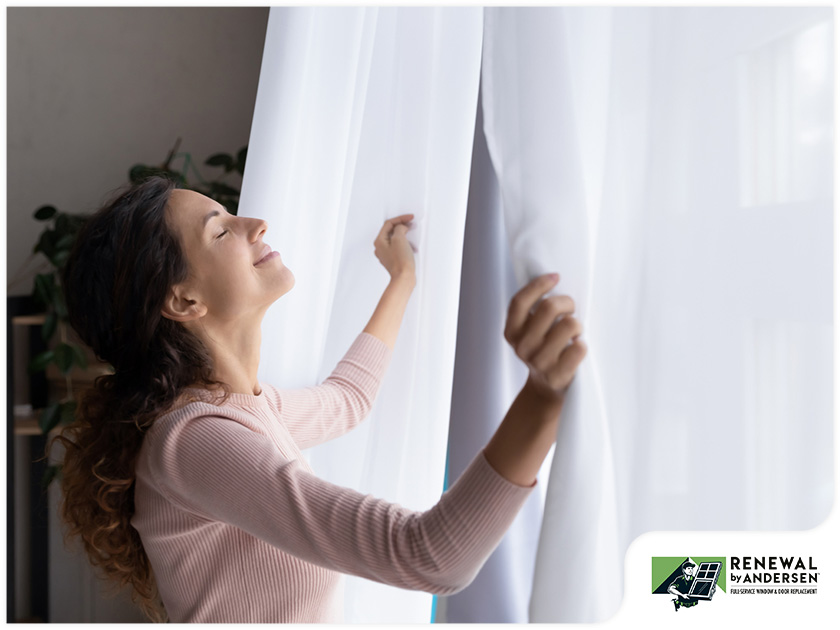MENU


It’s hard to overstate the role of ventilation in the design of any room, let alone a building. Without it, humidity will be too much for anyone to withstand, and with high humidity, comes heat. For this reason, many building and residential owners use mechanical contrivances to ventilate their rooms, such as fans and air conditioning units.
But these mechanical means come at a high cost, literally—they consume a lot of power when turned on. The question is—is there a way to ventilate a room without using power? Renewal by Andersen® of New Jersey, your window replacement specialist, says yes—using passive ventilation, particularly using windows.
Here are some ways to do so.
Windows are basically holes cut into the wall, but modern windows use the latest technology and design to admit as much air as they can. For example, a sliding window can be used to save space, but its inherent design also allows the maximum amount of ventilation the size in the hole can allow.
Obviously, the larger the size of the window, the better the ventilation, but you may run into privacy and heating problems as well in summer. Which means you need to mind other factors.
More than the size, the placement of the window matters. Two windows placed opposite to each other (or even side by side) in the room can allow air circulation by exchanging hot, damp air from the inside with the fresher, cooler air from the outside. A double-hung window can achieve this, as well as a bow and bay window with operable flankers. If you also know which direction the wind is blowing, you can open windows on that side and the opposite one, if possible.
We’re known to New Jersey residents, particularly in Toms River and Jackson, as the top-tier window and door specialist. Call us today at (866) 609-5033 to learn more how you can passively ventilate your interior. Alternatively, you can fill out our form to get started.